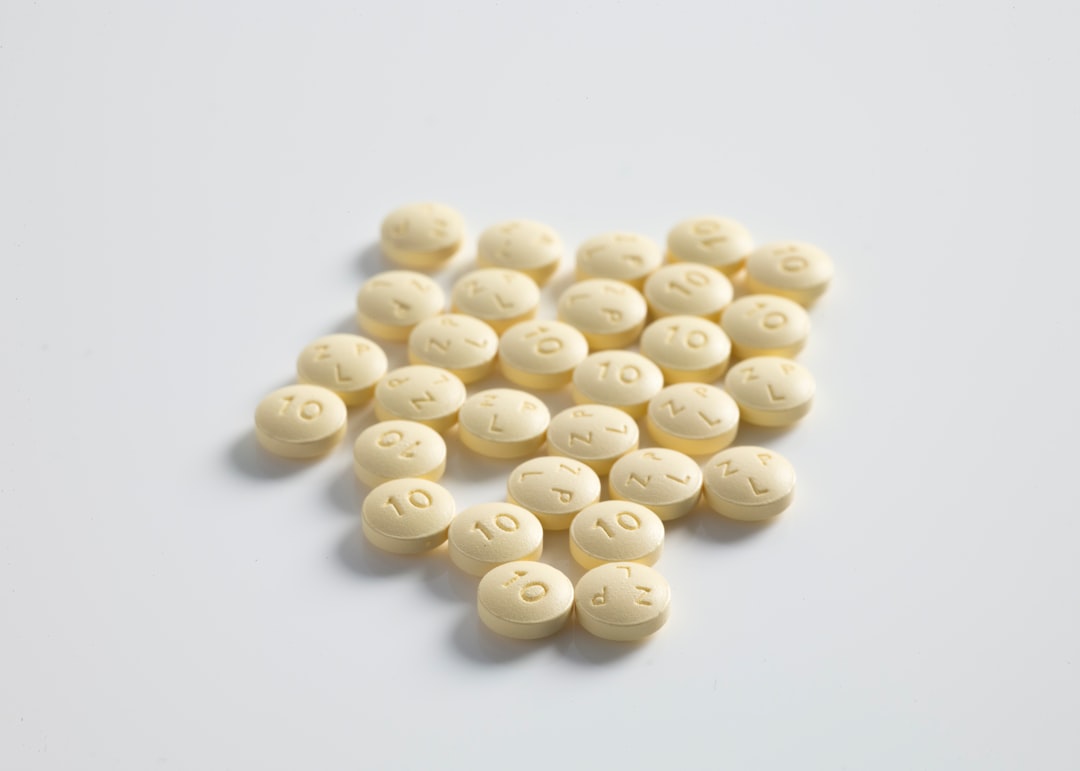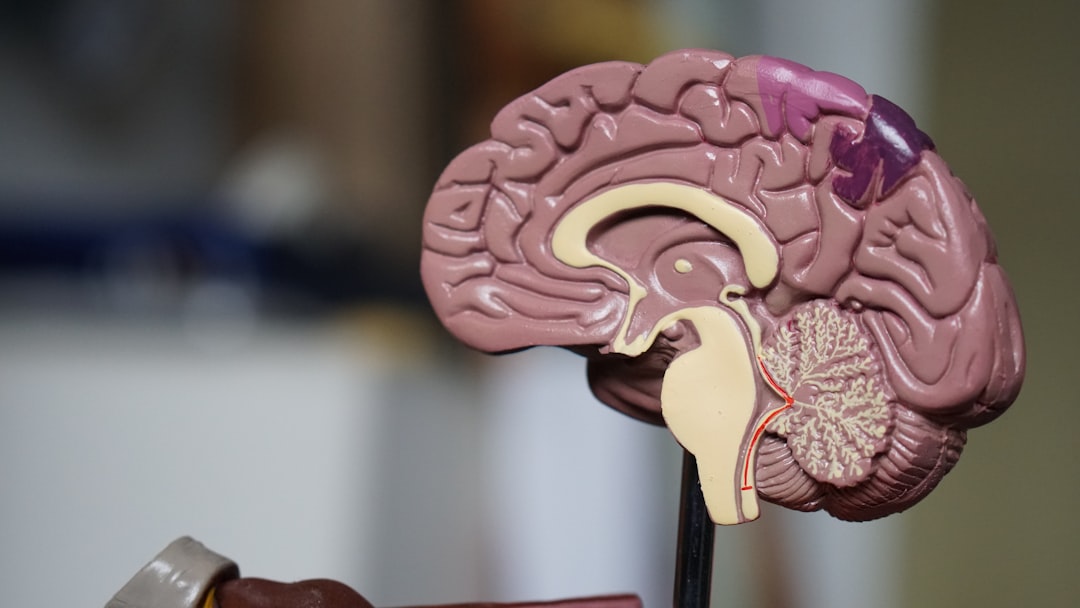What is it about?
This is one of the four studies on which ExplantLab collaborated with FDA listed below: • Shorter, rough trunnion surfaces are associated with higher taper wear rates than longer, smooth trunnion surfaces in a contemporary large head metal-on-metal total hip arthroplasty system • The clinical implications of metal debris release from the taper junctions and bearing surfaces of metal-on-metal hip arthroplasty: joint fluid and blood metal ion concentrations • A comparison study of stem taper material loss at similar and mixed metal head-neck taper junctions • Material loss at the femoral head taper This group of papers showed: • CoCr head tapers were associated with greater volumetric wear if mated with a rough (microgrooved) stem taper when compared to those mated with smooth male tapers. • When mated with CoCr femoral heads, CoCr femoral stems lose proportionately more material through tribocorrosion than Ti femoral stems. • Well functioning tapers release almost negligible amounts of metal in volumetric terms. • Head diameter is a crucial factor in determining taper dysfunction. • Failing taper junctions release chromium debris which is preferentially taken up into red blood cells, implying that hexavalent chromium species are released.
Featured Image

Photo by Irwan @blogcious on Unsplash
Read the Original
This page is a summary of: Shorter, rough trunnion surfaces are associated with higher taper wear rates than longer, smooth trunnion surfaces in a contemporary large head metal-on-metal total hip arthroplasty system, Journal of Orthopaedic Research®, July 2015, Wiley,
DOI: 10.1002/jor.22970.
You can read the full text:
Contributors
The following have contributed to this page










